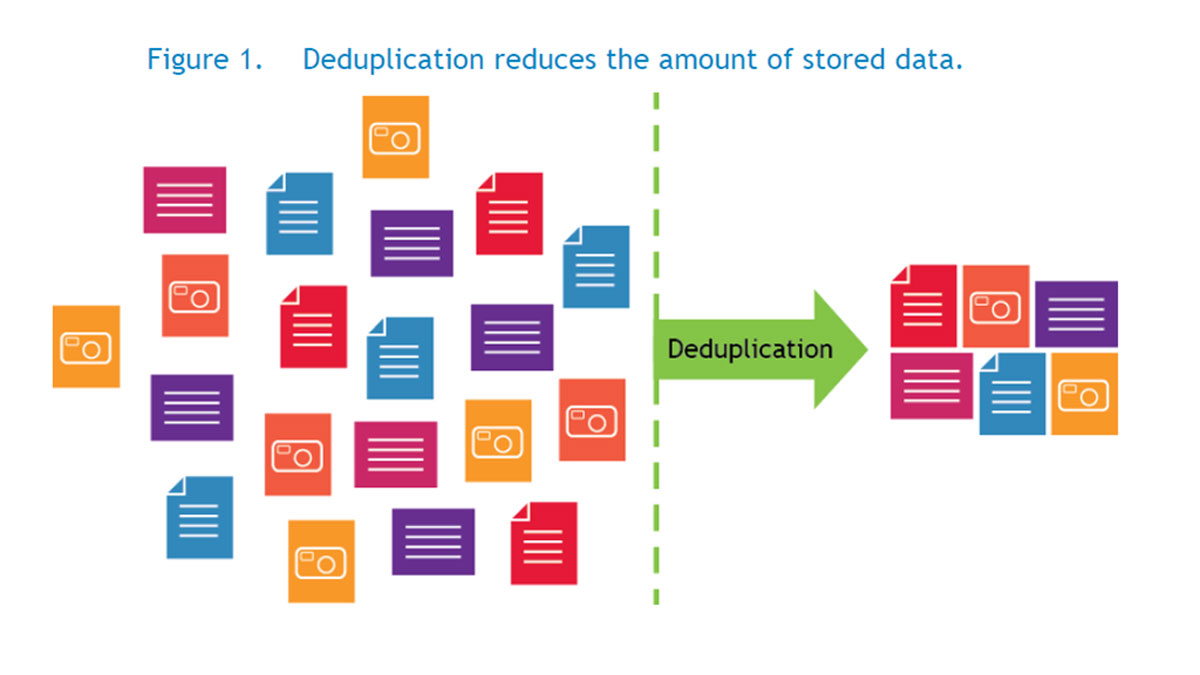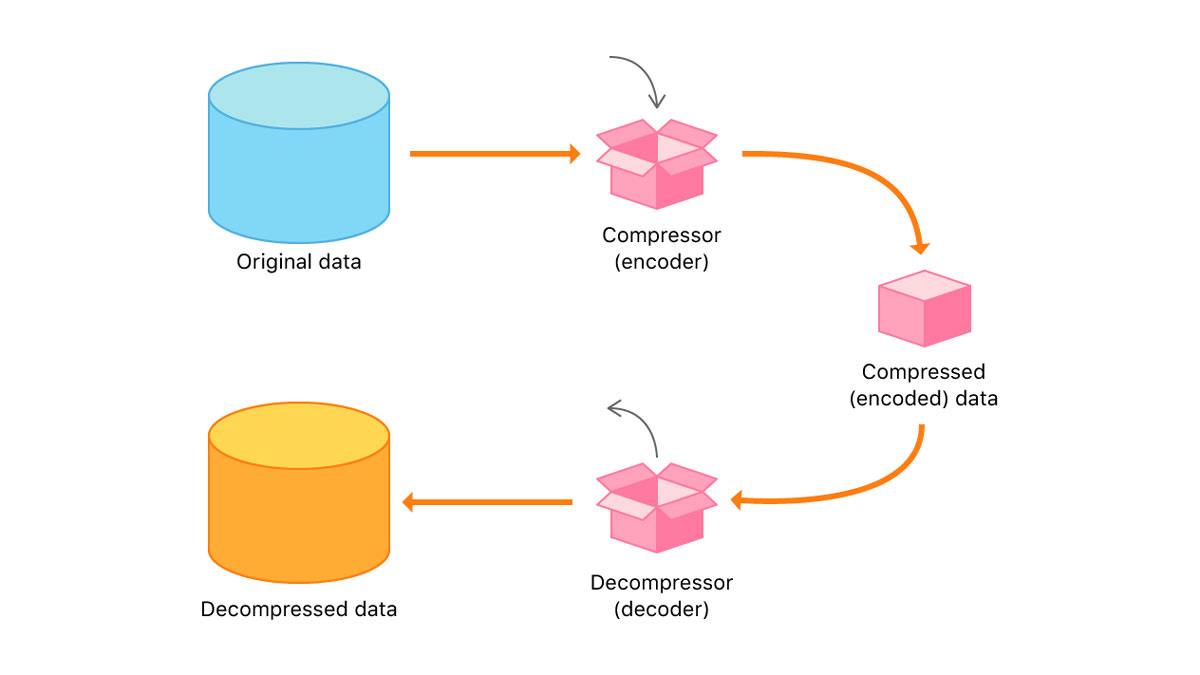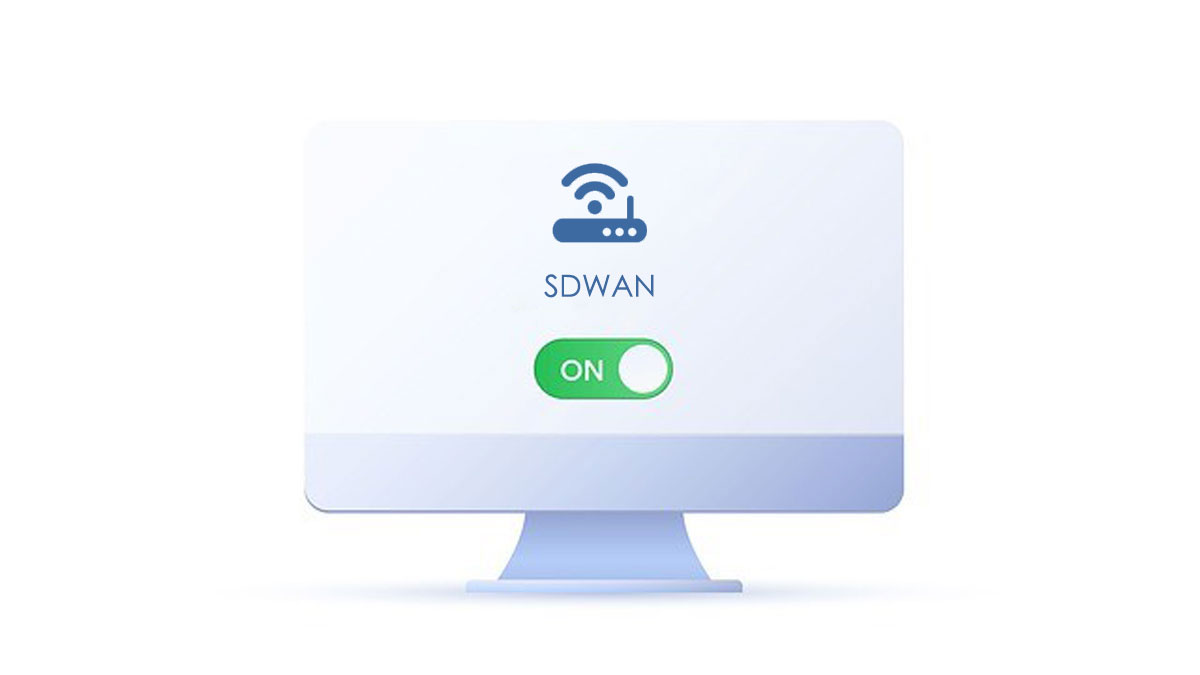The global market for Wide Area Networks (WANs) is growing at a surprising pace. According to data from Statista, it is projected to grow from around $1.9 billion in 2019 to around $9.5 billion in 2022.
As the popularity of WANs continues to grow, network administrators are going to dedicate more of their resources to perfecting them. They need to understand the best WAN optimization practices.
The most important tip is to use the right WAN. An SD-WAN like flexiWan can work very well. However, you also need to know how to administer it correctly.
Some valuable WAN optimization tips are listed below.
Choose the best caching approach
Caching is one of the most important ways to make sure that a WAN operates as efficiently as possible. It has the dual benefit of reducing network traffic, while also providing visitors with greater access to the network. A third benefit of caching is that it reduces network latency.
There are a couple of caching approaches that you can take. The first is to handle it locally by using a router or other network peripheral. Another option is to configure it right on the server.
Consider the benefits of connection segmentation
There are some tools available that make it easier to segment your network connections. There are a number of benefits of doing this. One reason that you may want to use connection segmentation is that you can minimize the time that it takes to identify packets that have been lost. If a packet has been lost, it is also quicker to recover it. This is one of the reasons that WAN services this site reviewed in the past have better bandwidth.
Have a mitigation plan in place for brownouts
Brownouts are another problem that you need to be prepared for. There are a number of reasons that they can become an issue. They can be particularly common if the rate of packet losses starts to become elevated.
You need to have a mitigation strategy in place to deal with these events. The most common way to avoid future brownouts by having a plan in place to redirect traffic to another network section. This will help you maintain network usage if a brownout occurs. This mitigation practice will also help to reduce the strain on your network, which might help prevent a brownout from occuring in the first place.
Look into data deduplication
There are a number of trade-offs that network administrators need to make when it comes to data management. One decision they have to make is how they should balance their priorities of backing up the data and making sure that servers aren’t too congested and there is sufficient storage space available.

They often make multiple copies of the same data to make sure that it is properly backed up. This might seem like a prudent decision when network resources are abundant. However, this practice can quickly become an issue as resource scalability becomes a priority.
One of the best compromises that you can make is utilizing data deduplication. When you use this WAN optimization technique, you will be creating references to your data, rather than making multiple copies of it. This is a great way to preserve your data without taking up unnecessary server resources.
Take advantage of data compression
When you are working with large files on your desktop, you have probably used zip files for them. This is a great way to compress the files, so that you don’t have to use a tremendous amount of storage space. You also don’t have to worry about the quality of your files being distorted or atrophying during the compression process. Most compression techniques only reduce file quality metrics such as image resolution by around 5% or less.

You should take advantage of the same principle when you are managing a WAN. Data compression is an excellent way to reduce the size of the data on your network and speed up data transfer.
There are a number of compelling reasons to consider this. One benefit is that you can store larger amounts of data on your network, which is going to be more of a selling point as your network grows. However, even in the early stages when you have sufficient storage space available, it will also be great to have compressed data to minimize bandwidth challenges.
